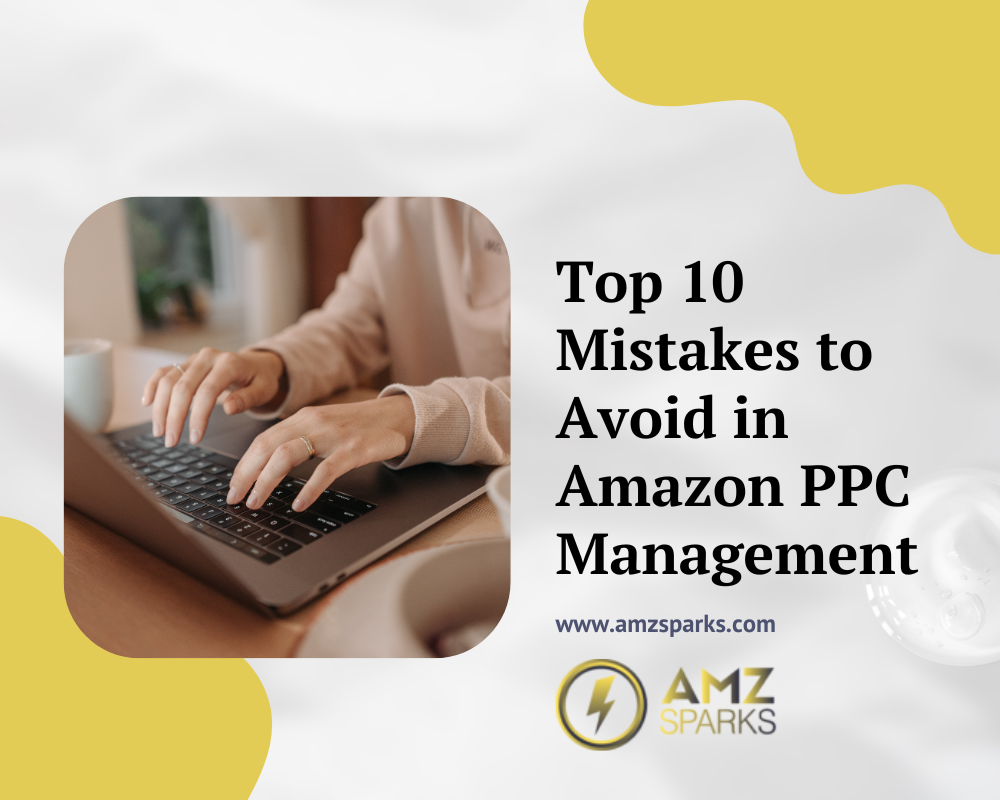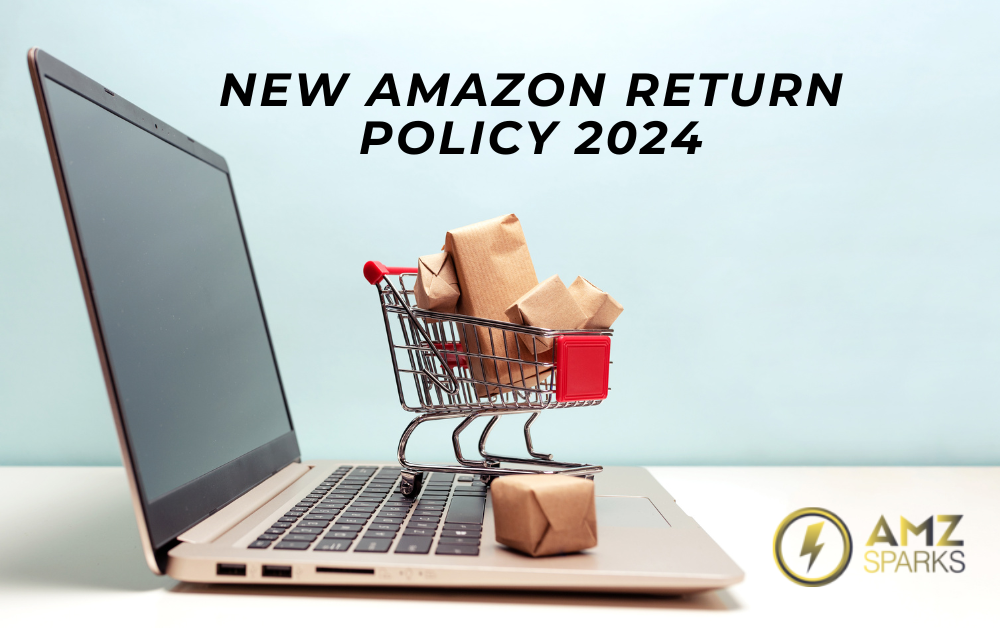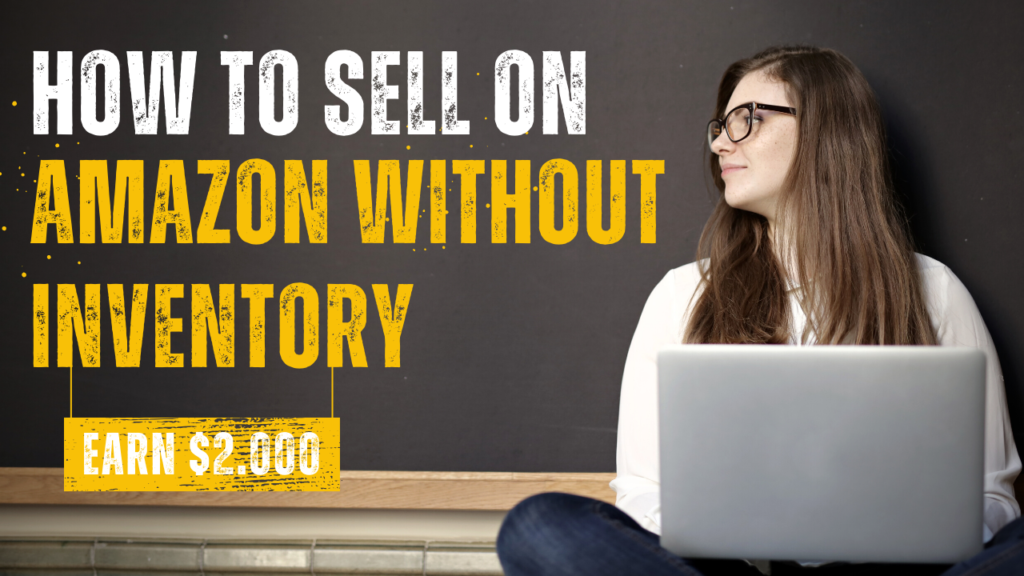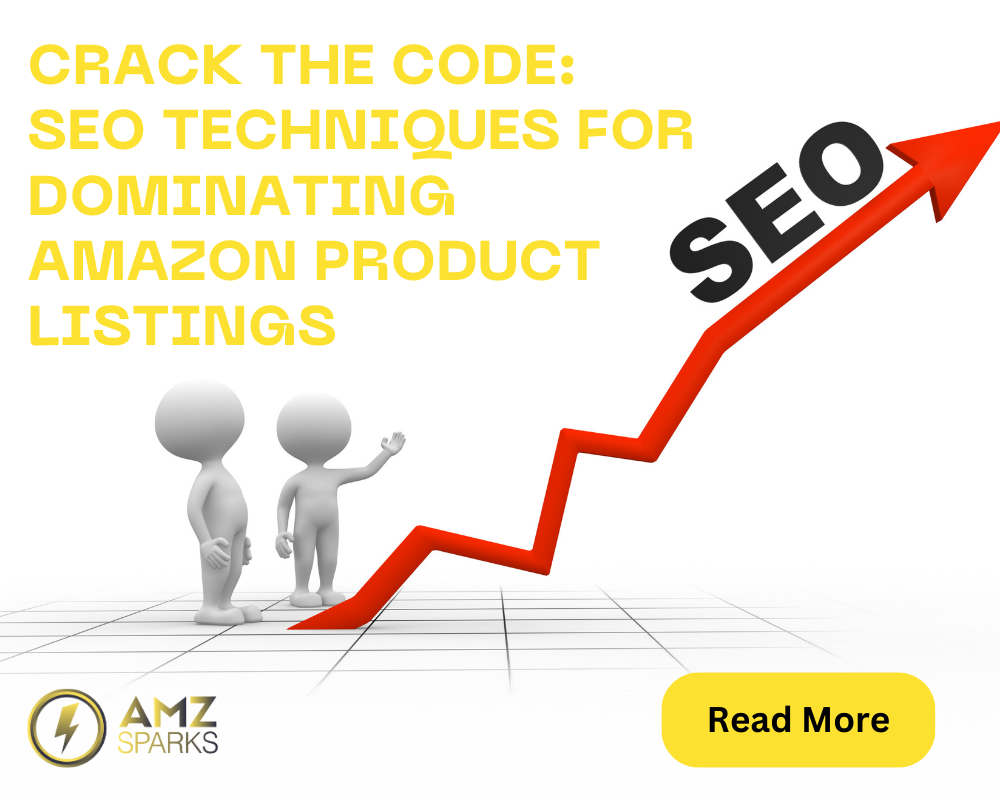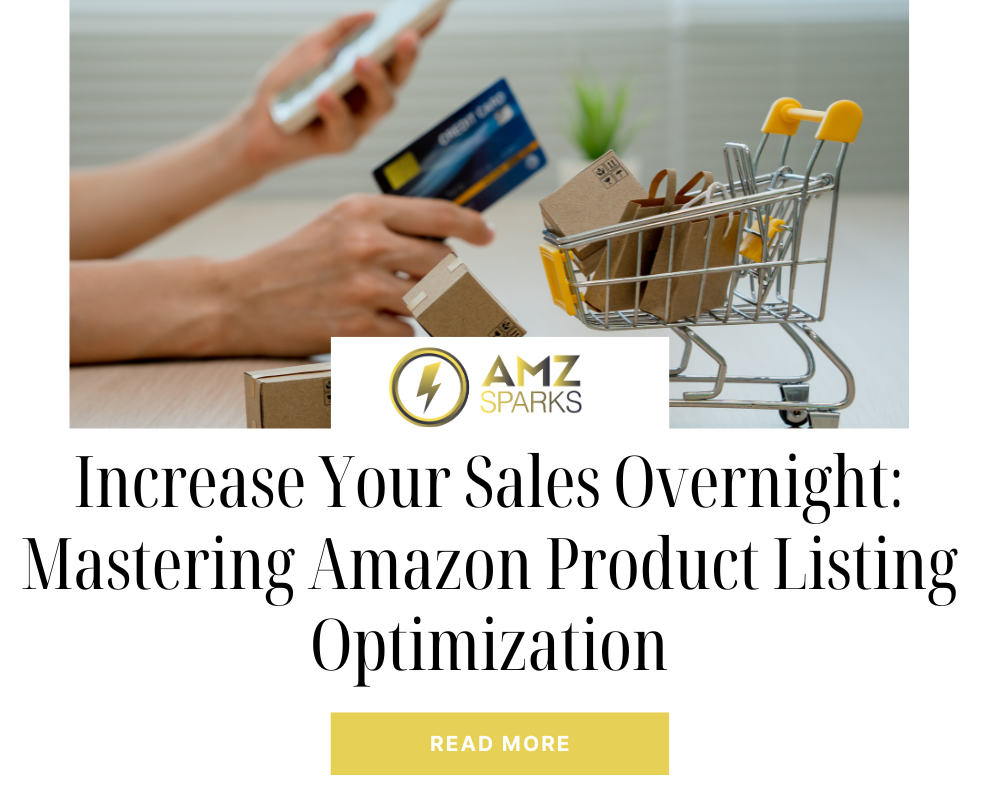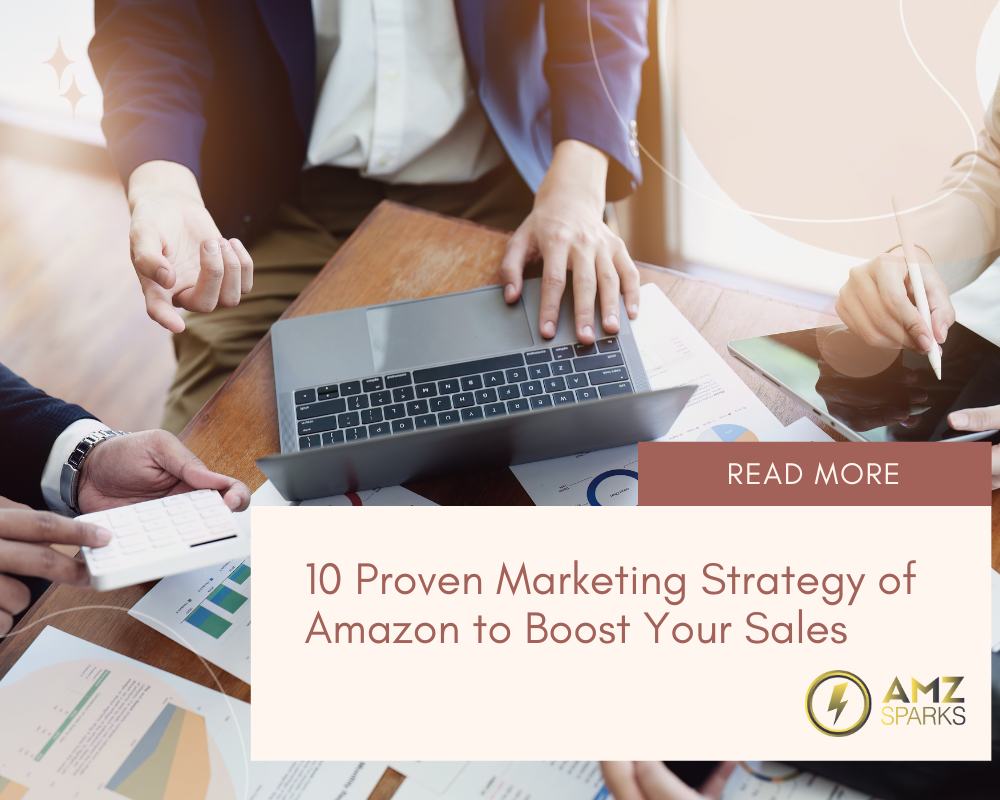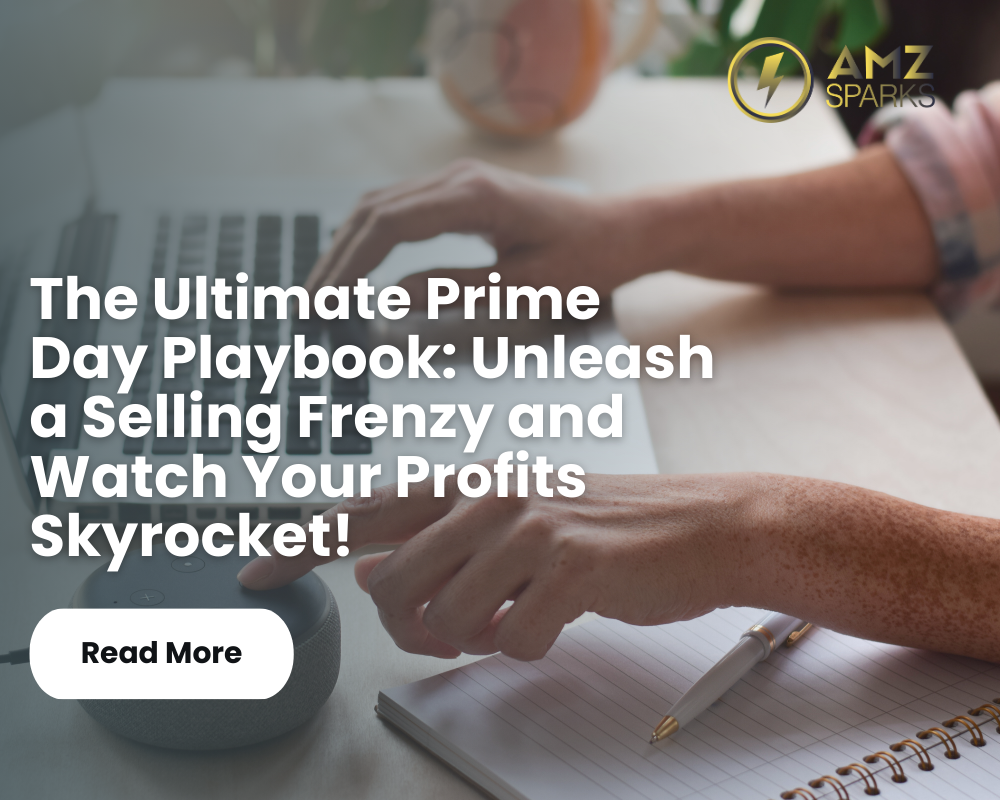Top 10 Mistakes to Avoid in Amazon PPC Management
Top 10 Mistakes to Avoid in Amazon PPC Management Millions of shoppers browse Amazon daily, but what if none of them see your product? That’s the harsh reality that sellers face, who don’t make use of Amazon PPC. Did you know, according to online surveys, PPC ads influenced a whopping 89% of Amazon purchases in 2023? That’s a goldmine of online customers waiting to be reached. But even with PPC, mistakes happen. And that’s because you aren’t fully aware of Amazon Marketing Strategy tips. Here’s how to avoid the top 10 and turn your Amazon business into a shining star! Following Flawed Campaign Structure A well-structured PPC campaign layout involves categorizing campaigns based on targeting methods such as automatic, manual keyword, and manual ASIN, as well as grouping products accordingly. This streamlined approach not only facilitates analysis but also allows for precise adjustments in bidding and strategy implementation. Solution Dedicate time upfront to planning your campaign structure. Group products with similar themes or functionalities. Consider using a naming convention that reflects the campaign’s target audience (e.g.”Headphones_Manual_Keywords”). Also Read: New Amazon Return Policy 2024 Underestimating the Importance of Quality Product Listings Your Product Listing is the only display that comes at the top when shoppers click on your ad. Often, a lackluster listing with poor or blurry images, incomplete descriptions, and no reviews will deter serious buyers. This is the most repetitive mistake that sellers make when doing product listing. Solution Always use best-quality product photographs and try showcasing your product from multiple angles. The description should highlight the key features and benefits of your product. Provide excellent customer service and post-purchase communication and encourage customer reviews. Remember, a well-optimized listing not only boosts PPC performance but also improves organic ranking. Setting and Forgetting Campaigns Amazon pay-per-click requires continuous attention and monitoring. Launching a powerful Amazon Pay-Per-Click (PPC) campaign but then neglecting it completely is like setting your ad budget on autopilot – you might be spending money, but are you reaching the right customers and maximizing your return on investment? Launching a campaign and then neglecting it is a recipe for wasted resources. Solution Monitor your campaigns regularly. Analyze metrics like clicks, impressions, conversion rate, and Advertising Cost of Sales (ACOS). Use this data to identify underperforming keywords and adjust bids accordingly. A/B test different ad copy variations to see which resonates best with your target audience. By actively managing your campaigns, you ensure they continue to deliver optimal results. Also Read: Decoding Amazon A9 and A10 Algorithm: Unraveling the Blueprint for Success Ignoring Competitive Research Ignoring your competitors in Amazon PPC is the biggest mistake that a seller can make. You’re not using important information that could help your campaigns a lot. When you look at what your competitors are doing, you learn: Solution Make use of reliable Amazon seller tools and third-party resources. Analyze your competitor’s PPC tactics and see which keywords they’re targeting. Research and testing will refine your strategy and make you aware of high-performing keywords that you might have missed. Overlooking A/B Testing Unless you undertake A/B testing, you will never know which of your ads is more effective before you invest a lot of money in them. You may find out which version of your ad generates more clicks and sales by performing A/B testing. Find out what gets visitors to click and buy more by testing factors like headline phrases, image quality, and more. Solution Develop a few variations of your ad copy with different messaging or visuals. Test both versions side by side to see which one works better. Also, making use of data can help you make better choices that bring in the right customers and eventually increase sales. Over-reliance on Auto-Campaigns Relying too much on auto-campaigns might not give you the best results. Auto-campaigns don’t give you enough detail to perform at your best. They might show your ads for keywords that aren’t important, or they might not help you adjust your bids for specific products. Solution Move on from auto-campaigns to manual campaigns for better control. It lets you set specific bids for every keyword. So, you don’t have to spend too much on clicks that might not lead to sales. Stay certain that you’re not paying too much for clicks that don’t lead to sales. This way, you can avoid wasting money on ads by excluding buzzwords that aren’t related to the campaign. Neglecting Negative Keywords and ASINs If you forget about negative terms and ASINs, your ads might show up for searches that have nothing to do with your goods. Negative keywords help keep your ads out of searches that aren’t related to them, and negative ASINs keep your ads out of lists for competing products. Solution Regularly review your campaign data and identify keywords or ASINs that are generating clicks but not converting into sales. Add these as negative keywords or ASINs to prevent wasted ad spend. Remember, a well-defined negative keyword list is an ongoing process that needs consistent monitoring and refinement. Setting Restrictive Daily Budgets Low PPC budgets can limit your ad exposure in a competitive marketplace. When your budget runs out before the day ends, your ads stop showing. This can cause you to miss out on potential conversions. Solution Analyze campaign data to understand how quickly your budget is being spent. If budget exhaustion happens consistently, consider a slight increase. However, remember – it’s not just about spending more. Alongside a potential budget increase, explore campaign optimization strategies. This could involve refining keyword targeting or adjusting bids for better performance. The goal is to find a budget that allows your ads to run throughout the day while maintaining profitability. Lack of an ACOS Target Operating without a target ACOS leaves you without a benchmark for evaluating campaign effectiveness. ACOS, or Advertising Cost of Sales, measures how much you spend on advertising for every dollar in sales generated. Managing PPC campaigns can become challenging without a clear ACOS target. Solution Before launching
Top 10 Mistakes to Avoid in Amazon PPC Management Read More »
